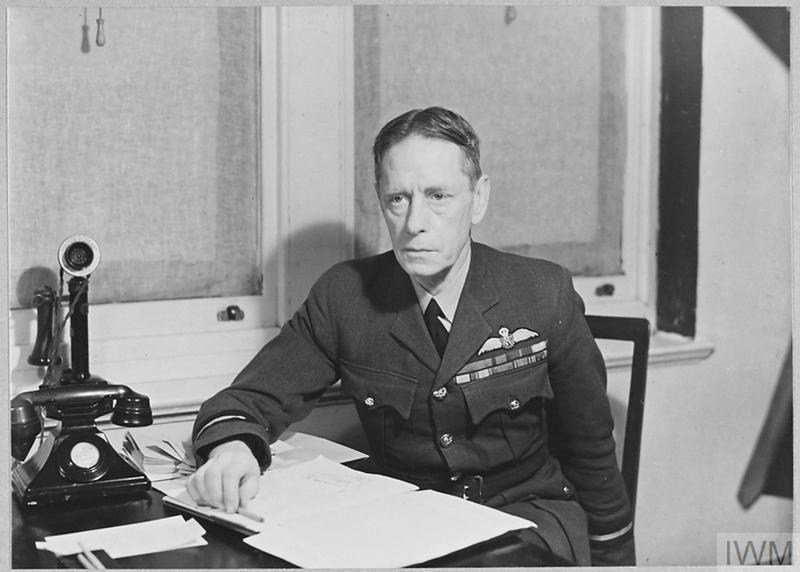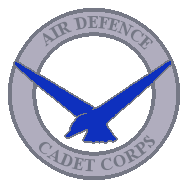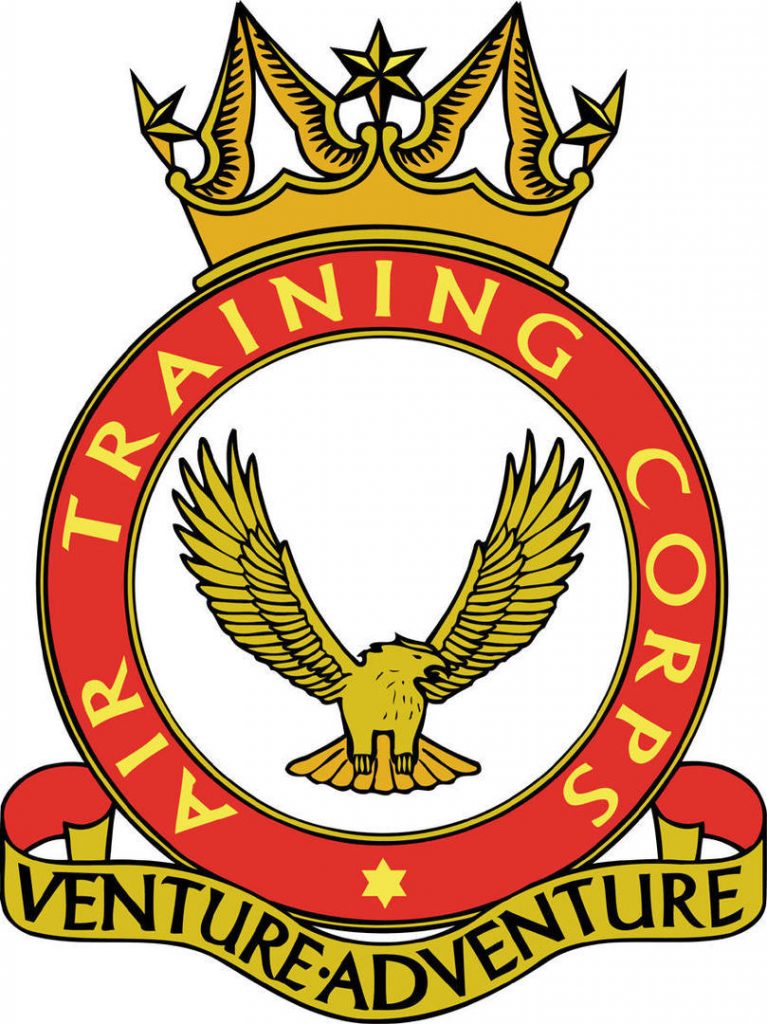Formed during the darkest years of World War II, The Air Training Corps (ATC) goes back to to the late 1930s, the man responsible was Air Commodore Sir John A Chamier, the then Secretary of the Air League. Air Commodore Chamier is affectionately known as the ‘father of the Air Cadet movement’.


The Air Defence Cadet Corps (ADCC), which was set up in 1938 by Air Commodore J A Chamier, was to train young men in various aviation related skills. The ADCC was a very popular organisation with 1000s joining up. As 1941 rolled on and in the aftermath of The Battle of Britain the ADCC began to provide means of giving part time training to teenagers and young men who may go on to join The Royal Air Force, it was around this time that the ADCC was formally established by Royal Warrant to create the Air Training Corps.
5th February 1941 saw the official establishment of the Air Training Corps (ATC) by Royal Warrant, King George VI also agreed to be the Air Commodore-in-Chief. The Royal Warrant also set the aims of the Corps. Within the first month of existence the organisation had virtually doubled in size to over 400 squadrons around the UK and kept growing thereafter. A new crest and badge was designed and once agreed by the King was distributed, August 1941 saw the motto of ‘Venture Adventure’ was formally adopted and incorporated into the badge.

The new ATC started training young men in preparation for entry into the Royal Air Force and Royal Navy (Fleet Air Arm). Squadrons arranged visits to active RAF and Fleet Air Arm stations to supplement cadets’ training. At the time flights where not always possible due to restrictions of war, this understanably ment that cadets may feel disappointed, but soon after the end of the war gliding lessors became available, giving the chance for cadets to get to feel of an aircraft whilst airborne.
The 1980s saw the allowance of females into the ATC, before them they was able to join an attached unit of the Girls Venture Corps (GVC), who had formed in the early years of the World War II. As of 2013 The GVC was still active although in reduced numbers due to the competition of the ATC, and the two organisations are now classed as seperate entities.
Over recent years the ATC has changed to keep up with the ever changing world. Before 2008 cadets would spend a great deal of time in classrooms obtaining their ‘first class’ classification which would open the door to other activities, they would study the following subjects, The History of The Air Training Corps, The History of The Royal Air Force, History of Flight, Initial Expedition Training, Basic Communications and Airmanship, once the cadets’ felt ready they would then sit a multiple choice exam, like they would at school or similar. Since 2008 cadet exams for the first and second class training was redeveloped into a workbook system. 2016 saw further development of the training program and introduced the new ‘Progressive Training Syllabus’, this created four levels for each badge a cadet can achieve in levels of Blue, Bronze, Silver and Gold.
In 2017 the branding of the Air Training Corps and Combined Cadet Force (RAF) was replaced collectively as the Air Cadet Organisation, this was replaced by the Royal Air Force Air Cadets (RAFAC).
